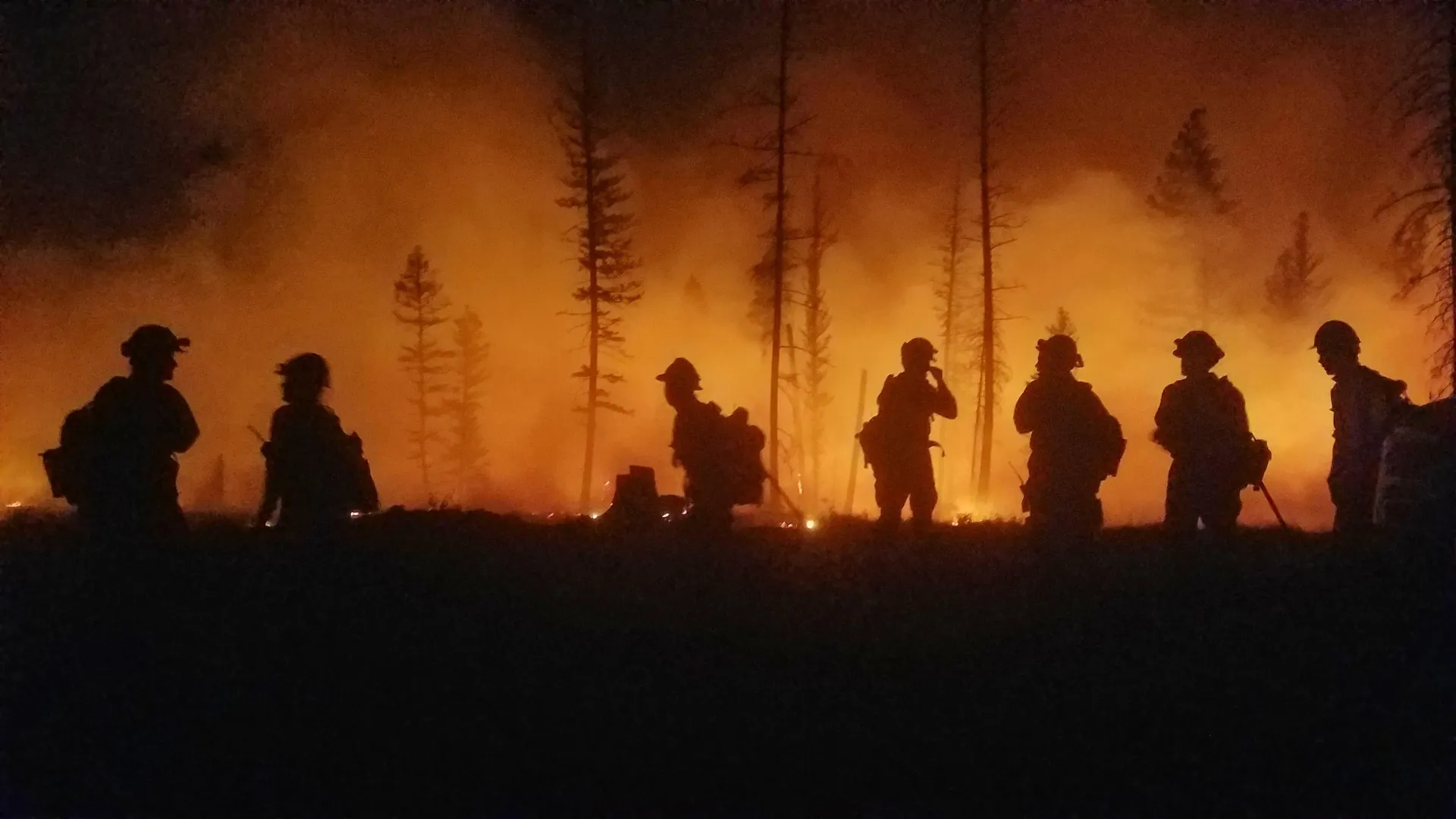Practical Fire Protection For Your Observatory
We’ve all seen the devastating effects that a wildfire can leave behind. In fact my local astronomy club, the Tri-Valley Stargazers where I am currently the newsletter editor, experienced fire first hand when our roll-off observatory building burned to the ground during the 2020 SCU Lighting Complex Wildfire. All that remained were a few blobs of melted aluminum and glass from what used to be a couple of mounts and large reflector telescopes. The same fire also threatened the Lick Observatory located on Mount Hamilton.
With the fire season quickly approaching, I thought I would share a few tips to help you protect your observatory.
Essential Fire Prevention Strategies
Immediate Action Items
• Inform your local fire department that you have an observatory. As many observatories, especially roll-off roof types, tend to resemble sheds, fire fighters therefore tend to disregard them and focus on protecting other structures.
• Obtain proper building permits - As many fires start because of improperly designed or installed utilities, one of the benefits of obtaining a building permit is that it lets building officials know you have an observatory. It also helps to ensure that electrical and other utilities are properly designed and installed according to current fire safety codes.
Advanced Protection Measures
• Create defensible space - Maintain at least 30 feet of clearance around your observatory by removing dry vegetation, dead branches, and flammable materials. For observatories in high-risk areas, extend this to 100 feet where possible.
• Install fire-resistant materials - Consider metal roofing and metal siding, tempered glass for windows and fire rated doors. These materials can significantly improve your observatory's chances of surviving ember attacks.
• Implement proper electrical safety - Use GFCI outlets, proper conduit for all wiring, and consider installing whole-building surge protection. Electrical faults are a leading cause of structure fires.
• Design evacuation procedures - Have a clear plan for quickly securing and evacuating expensive equipment. Consider mobile carts or quick-disconnect systems for your most valuable instruments.
Water and Suppression Systems
Sprinkler Considerations
While full sprinkler systems may not be practical for smaller observatories, consider these alternatives:
Drip irrigation systems can keep surrounding vegetation moist during fire season
Portable sprinkler systems with quick-connect hoses can provide rapid deployment
Water storage tanks ensure water availability even when municipal pressure drops
Fire Suppression Options
Clean agent systems like FM-200 won't damage sensitive electronics
Smoke detection systems with remote monitoring capabilities
Manual suppression equipment including appropriate fire extinguishers for electrical fires
Insurance and Documentation
Coverage Essentials
Work with your insurance provider to ensure:
Proper coverage for astronomical equipment
Understanding of observatory use and fire risks
Documentation of equipment values with photos and serial numbers
Consideration of business interruption coverage if you offer services
Technology Solutions
Monitoring Systems
Remote cameras with fire detection capabilities
Weather monitoring to track humidity, wind, and temperature
Automated closing systems that respond to weather alerts
Emergency notification systems that alert you to changing conditions
Seasonal Maintenance Checklist
Monthly Tasks
Clear gutters and roof debris
Check and test smoke detectors
Inspect electrical connections
Update emergency contact information
Seasonal Preparations
Schedule professional electrical inspections
Coordinate with local fire departments for equipment checks
Review and update evacuation procedures
Test all safety systems and equipment
Essential Resources
Fire Safety Information
National Fire Protection Association (NFPA): nfpa.org - Comprehensive fire safety codes and standards
Ready.gov Wildfire Preparedness: ready.gov/wildfires - Federal emergency preparedness guidelines
Insurance Institute for Business & Home Safety: ibhs.org - Research-based wildfire protection strategies
Building and Code Resources
International Building Code (IBC): Contact your local building department for observatory-specific requirements
Local Fire Marshal Offices: Many provide free safety consultations for unique structures
Professional Observatory Design Considerations
At SCOTT SCHNEIDER ARCHITECTURE, we've learned that fire protection must be integrated into the initial design phase rather than added as an afterthought. Our approach to observatory design incorporates fire-resistant materials, proper utility placement, and defensible space planning from the conceptual stage.
Why Professional Design Matters
The loss experienced by the Tri-Valley Stargazers demonstrates why the design of amateur observatories requires the same attention to safety as any critical structure. Professional architectural services ensure:
Compliance with local fire codes and building standards
Integration of fire suppression systems with astronomical requirements
Proper material selection for both fire resistance and optical performance
Strategic site planning that considers fire risk and evacuation routes
Whether you're planning a simple roll-off roof observatory or a more complex facility, the investment in professional design and proper fire protection pays dividends in equipment protection and peace of mind.
Taking Action
Don't wait until fire season peaks to implement these protections. Start with the immediate action items, then gradually implement more comprehensive safety measures. Remember, the goal isn't just to protect your building—it's to preserve years of careful equipment selection, calibration, and astronomical memories.
For observatory owners considering upgrades or new construction, these fire protection strategies should be integral to your planning process. The intersection of astronomical requirements and fire safety creates unique design challenges that benefit from professional expertise.
Ready to design a fire-safe observatory that doesn't compromise on astronomical performance? Explore our STELLAR SPACES™ observatory design services, or learn more about our approach to specialized architectural projects. Contact us to discuss how proper planning can protect your investment in the stars.
CLICK the link below to Download our Defensible Space Diagram
